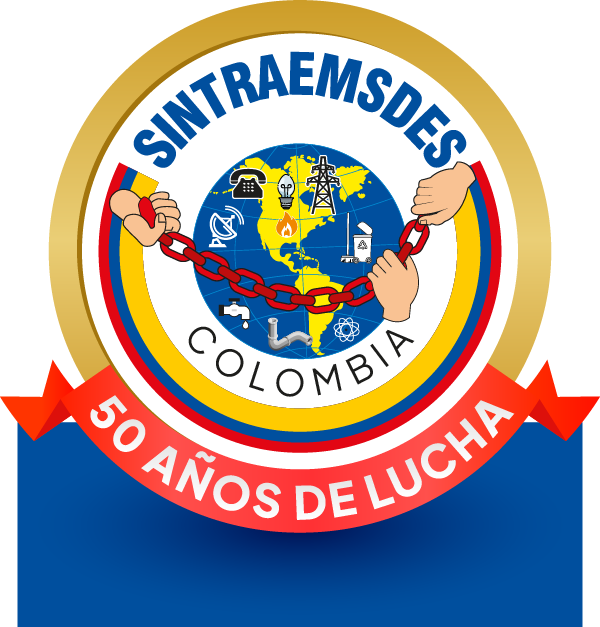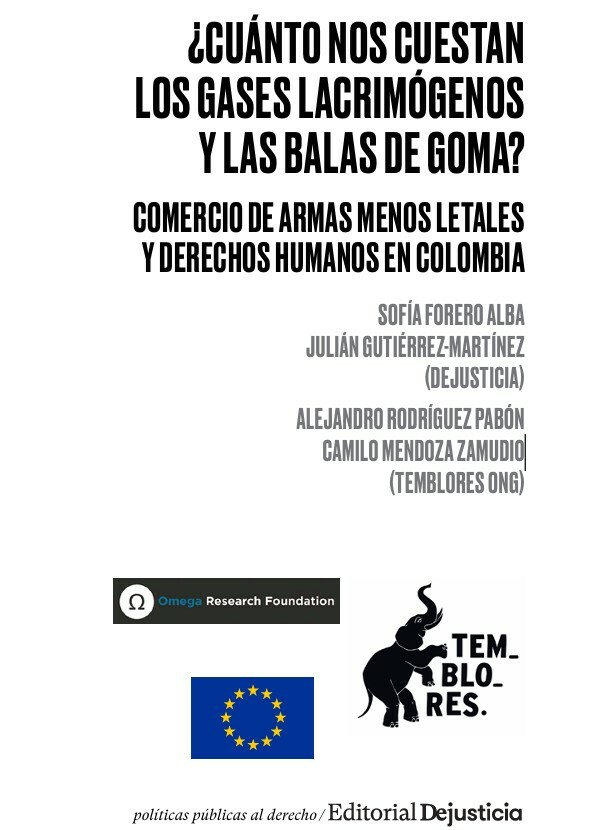
¿Cuánto nos cuestan los gases lacrimógenos y las balas de goma? Estudio sobre comercio de armas menos letales y derechos humanos en Colombia
Julián Gutiérrez Martínez, Laura Sofia Forero Alba | noviembre 8, 2024

Este documento analiza el comercio de armas menos letales en Colombia, sus implicaciones en los derechos humanos y la falta de transparencia en los procesos de adquisición. A su vez, revisa la expansión global de este mercado, haciendo un especial énfasis en América Latina, donde el uso desproporcionado –y en ocasiones letal– de estas armas ha vulnerado los derechos fundamentales de los manifestan tes, produciendo traumas oculares y muertes. En Colombia, concretamente durante el paro nacional de 2021, se registraron al menos 103 casos de trauma ocular. La información sobre la comercialización de estas armas es opaca, escasa y difícil de obtener, lo que limita la capacidad de la sociedad civil para ejercer veedu ría.
Este texto busca aportar a llenar este vacío y hacer un llamado a la necesidad de regular exhaustivamente dicho comercio, con el fin de proteger los derechos hu manos. Además, se destaca la responsabilidad tanto del Estado como de las empre sas fabricantes e intermediarias de garantizar el uso adecuado y respetuoso de las armas, los elementos, los dispositivos y las municiones menos letales. Para esto, la investigación recurrió a diversas fuentes (investigaciones periodísticas, solicitudes de información, consultas a la plataforma de contratación estatal, entre otras), bus cando construir un panorama sobre el comercio de estas armas. A partir de esto, concluimos que es necesario hacer más investigación y que haya más transparen cia en este ámbito.
Palabras clave: armas menos letales, comercio libre de tortura, empresas y derechos humanos, transparencia y acceso a la información.
This paper analyzes the trade in less lethal weapons in Colombia, its impli cations for human rights and the lack of transparency in the procurement process. It also reviews the global expansion of this market, with special emphasis on Latin America, where the disproportionate -and sometimes lethal- use of these weapons has violated the fundamental rights of protesters, resulting in eye trauma and death. In Colombia, specifically during the 2021 national strike, at least 103 cases of eye trauma were recorded. Information on the commercialization of these weapons is opaque, scarce and difficult to obtain, which limits the capacity of civil society to exercise oversight. This text seeks to contribute to fill this gap and to call for the need to comprehensively regulate such trade, in order to protect human rights. In addition, it highlights the responsibility of both the State as well as of the manufacturing and intermediary companies to guarantee the adequate and respectful use of less lethal weapons, elements, devices and ammunition. For this, the research resorted to various sources (journalistic investigations, requests for information, consultations to the state pro curement platform, among others), seeking to build a panorama of the trade in these weapons. From this, we conclude that there is a need for more research and trans parency in this area. Keywords: less lethal weapons, torture-free trade, business and human rights, transparency and access to information.
Información tomada de dejustica.co



(CO) 320 727 3663
(CO) 304 375 2684